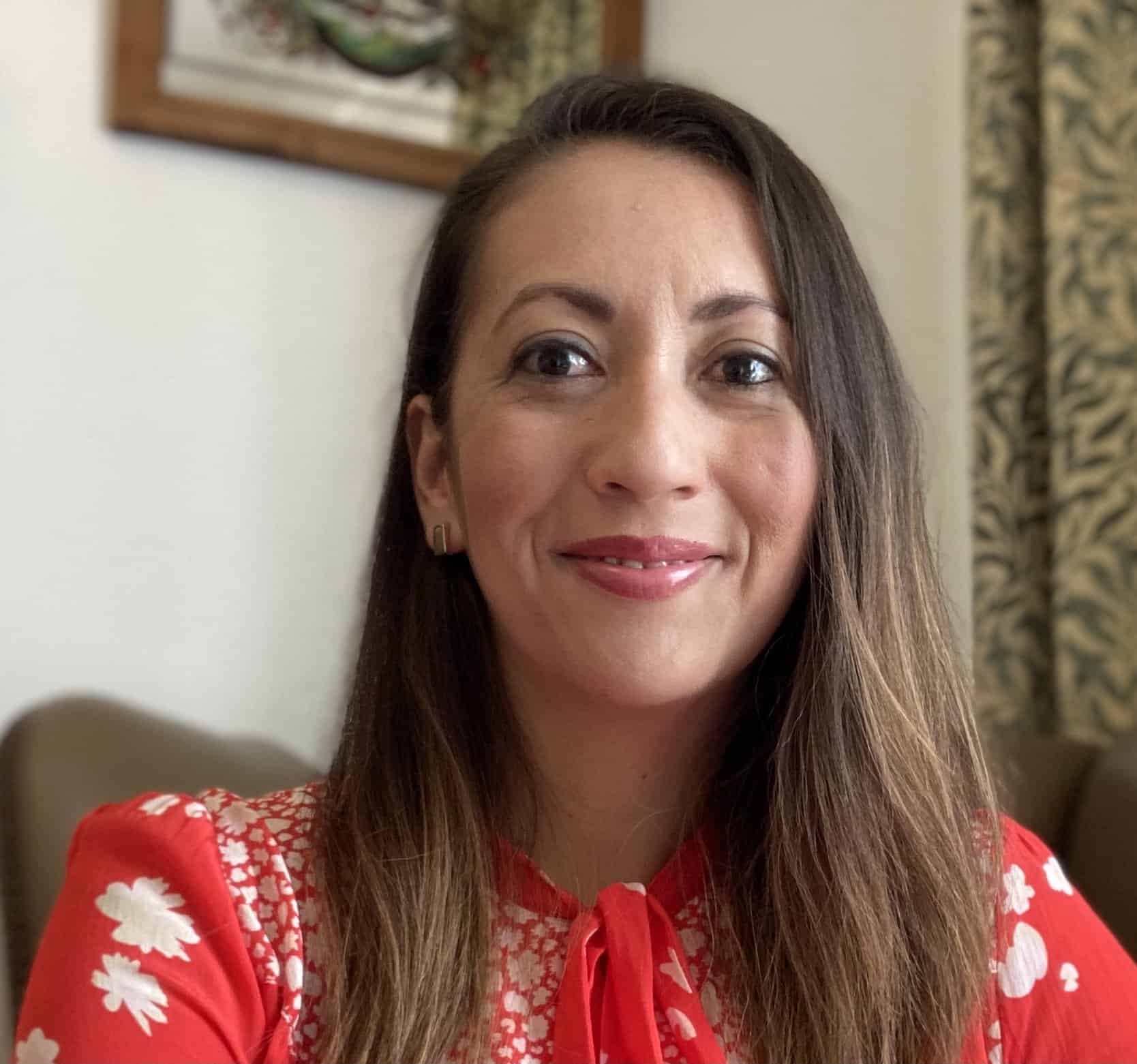By the time she was 34, Kayla (not her real name) had lost five babies. Out of 10 pregnancies, three ended in miscarriage. Yet more tragically still, two of Kayla’s babies passed away in the early stages of their life — one after being born premature at 30 weeks and another, also born premature, dying in a sleep-related accident.
In 2019, the single mom of five was pregnant again, and she was close to becoming homeless. A combination of health conditions, criminal record and poor credit score were hindering her ability to secure housing. Due to her circumstances, Kayla was selected to take part in Healthy Beginnings At Home (HBAH), a program based in Columbus, Ohio, that provides rental assistance and other housing support to pregnant women in unstable housing situations.
HBAH was initially designed as a research study, coordinated by CelebrateOne Columbus, an infant mortality prevention organization, and the Health Policy Institute of Ohio. Its goal: to establish the effect of housing instability on infant mortality — and to highlight the difference that rental assistance and support can make. Kayla was one of 100 participants. She was also among the half of the participants randomly selected to receive the housing support — part of what was to be known as the intervention group, to be compared with the outcomes for the other half in the control group.
Many of the moms in the study had bad or poor credit (or no credit at all), a history of criminal justice involvement, lack of income and electric bill arrears. Most of them were Black, with HBAH researchers pointing to previous studies concluding that structural racism and racial discrimination in housing can lead to adverse health outcomes, including inequities in the risk of preterm birth.
Crushed by negative news?
Sign up for the Reasons to be Cheerful newsletter.With a HBAH support specialist, Kayla found an affordable, safe and quiet apartment on the South Side of Columbus, with rental payments and a utility allowance fully covered by the program for 15 months, then partially for a further six months. During her time in the study — and with a home to go back to — Kayla went on to deliver a healthy baby girl in the spring of 2019, the first of her children to be born at full term.
Like Kayla’s baby, 40 of the 51 live births in the intervention group (78 percent) were infants born full-term at a healthy weight, compared to 24 of 44 in the control group (55 percent), according to HBAH’s final summary of the study. The control group also experienced one infant death, compared with no deaths in the intervention group.
Members of the intervention group also were less likely to need neonatal intensive care for their babies, so ended up spending far less on health care than the control group. Ultimately, the intervention group no longer needed to stay in homeless shelters, compared with the control group, some of whom still did.
HBAH researchers concluded that while the results were not statistically significant due to the study’s small size, they were promising.
“The rental assistance — as well as intensive help to find and maintain housing — provided a critical foundation for the women to care for their newborns and prepare for long-term stability,” the researchers concluded in their report.

During the HBAH study, Amy Riegel served as senior director of housing for CareSource, an Ohio-based nonprofit health care organization that partnered with HBAH. She is now executive director of the Coalition on Homelessness and Housing in Ohio, also a HBAH partner. She’s hoping to use funding from the state government to extend HBAH across Columbus and to Akron, Cleveland, Dayton and Cincinnati — all cities with high rates of infant mortality in urban areas — to reach 300 pregnant women who are either homeless or at risk of becoming homeless.
This time, all participants will receive full support. Instead of a control group, researchers will use data sets from the Ohio Department of Medicaid to provide a comparison group of other women who would have been classified as housing unstable and pregnant during the same period of time.
And against a backdrop of skyrocketing rental prices across Ohio, Riegel and her team are planning to work more closely with landlords to appeal to their charitable sides and secure reasonable rental agreements.
“Our study strengthened the argument that so many of our health outcomes happen outside of a doctor’s office. And if we improve those social outcomes, we improve health outcomes,” Riegel says.
It’s not just the alleviation of toxic stress related to unstable housing that was beneficial to the women, Riegel adds, but the ability to take care of themselves and their children from a safe home: being able to store and cook food, having somewhere for doctors and support workers to visit, and even just a place to rest.
“Knowing that the women had a safe, stable place to live changed the delivery of the care because [doctors and workers] knew that they could bring things to the women in their homes, or have more predictability and stability in that treatment,” Riegel explains.
As optimistic as she is for the future of the program, she’s also realistic, acknowledging that providing stable housing doesn’t solve the overarching issue of poverty, but it offers a foundation. Kayla, for example, applied and was accepted into the Ohio State University College of Nursing Certified Community Health Worker program in March 2020, and completed it in May 2023.
“We see that some of the women did take the opportunity to further their education during that period of time. And so now they’re even coming into the job market and back into the economy with more credentials than they had before,” says Riegel.
“There are still systemic barriers within how we in the United States deal with these issues,” she adds. “But it’s a bright light that shows if we do things a bit differently, that we can see different outcomes. And those outcomes will stay with the babies that were born for the rest of their lives.”









